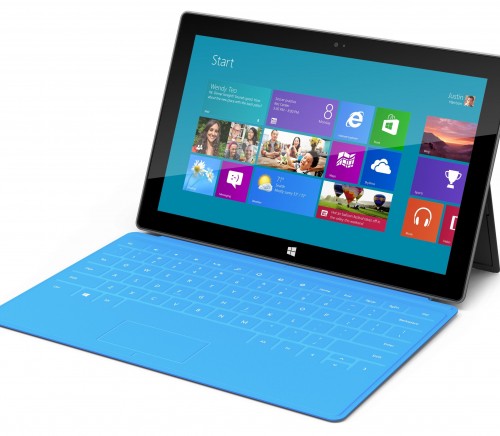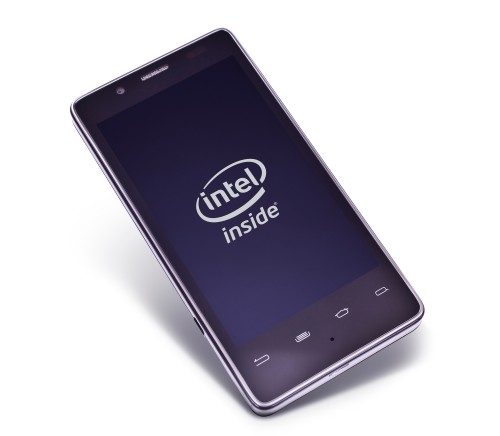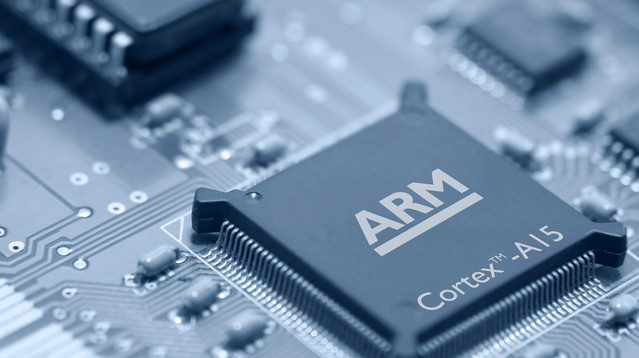Qualcomm Technologies is bringing console quality graphics with 4K capture and display capability to mobile devices. The company has introduced the new Snapdragon 805, expanding the already widely popular Snapdragon applications processor SoC family, and promises to change the landscape of mobile entertainment systems and communications.
The new SoC has an advanced Adreno GPU, the 420, which Qualcomm says delivers 40 percent more graphics and compute performance than its previous generation GPU while using 20% less chipset power than Snapdragon 800 (8974 )for the same graphics workloads.. The Adreno 420 is not a minor update from Adreno 330. On the contrary, it is a new GPU architecture, 100% designed in house by Qualcomm specifically for mobile use cases, and it comes along with other substantial system level enhancements outside of the GPU itself.
Qualcomm added several completely new 3D pipeline stages in the A420, for example a Hull shader, domain shader, geometry shader, and the first AP GPU to incorporate a dedicated Tessellation hardware; the shader subsystem and caches have also been augmented in order to support OpenGL ES 3.0, OpenCL 1.2 Full profile, and DX11.
Also, some hardware improvements were made to the GPU front end to improve depth rejection, and the texture pipe is >2x more capable than it was for Adreno 330 both in terms of raw texel performance and also in its support of superior compression schemes like ASTC.
The A420 also includes several render backend hardware improvements such as wider & more efficient data paths to internal memory. There’s a new color/z compression module that when combined with 8084’s more capable 128bit 800MHz LPDDR3 (or 933MHz PCDDR3) memory bus, enables Adreno 420 to maintain its peak pixel fill rate more often, and that is particularly important when driving 8Mpixel (4Kx2K) displays.
Qualcomm says they’ve increased performance without sacrificing power by including more DCVS voltage/frequency pairs, and moving the position of the GPU within Snapdragon to a new, Low-latency high bandwidth MMU/Bus (i.e. a dedicated bus that is independent of the Video Decoder and ISPs).
The 805 introduces a new 2.5 GHz Krait 450 CPU based on the ARMv7 instruction, however, like Apple and Nvidia, the CPU’s architecture is Qualcomm’s unique design. Unlike other SoC builders, however, the Krait cores dynamically adjust the clock and voltage as system demands change. This manages power consumption for longer battery life, while being able to kick into overdrive if an application demands it. Additional performance enhancements include a new memory manager that doubles memory bandwidth to 25.6 Giga bytes per second making it capable of delivering 4K images and video smoothly and continuously.
The Snapdragon 805 will include two high-bandwidth wide bit-width image signal processors (ISPs). That will enable the 805 to capture with ease 4K images at high frame rates, and/or high-speed stereo images, dual camera (front and back) images for video conferencing, and super-fast sports photos.
In order to handle the new 4K images the 805 will be one of the first production processors to support H.265/HEVC CODECs. Qualcomm acquired the assets of IDT’s Silicon Optics Hollywood Quality Video (HQV) and Frame Rate Conversion (FRC) Video Processing product lines back in 2011and incorporated the technology into its video processing engine. The HQV and FRC processes handle de-interlacing and scaling and can smoothly upscale a Blu-ray file to 4K UHD.
The new Hexagon V6 DSP can multi task, and run video conversions, and/or Enhanced HD multi-channel audio (encoding, decoding, transcoding, noise cancellation, bass boost, virtual surround and other enhancement functions).
When the Snapdragon 805 goes into full production, it will use the new TSMC’s 20nm production node, which will reach commercial capacity in early 2014.
Using Qualcomm’s fusion-paring, the Snapdragon 805 can be combined with the new Gobi 9×35 LTE CAT 6 modem supporting 4K streaming and transfer. The 9×35 is smaller and allows an OEM to realize a thinner and more power efficient part than the current 9×25 modem (introduced in February 2013) while still supporting LTE Category 4— also known as LTE Advanced. CAT6. LTE, however will reach speeds of 300 Mbps (compared to CAT4’s150Mbps). The dual band HSPA+ Gobi MDM 9×35 is the industry’s first modem manufactured in a 20nm process technology.
Qualcomm is shipping samples of the Snapdragon 805 and Gobi 9×35 to ODMs and OEMs now. You can expect to see them in amazing new mobile devices second half of 2014.
Take Aways
It’s the most aggressive move in mobile graphics by any company, to add all the shader types, and HW tessellation, on top of what they did in Subdiv for Moto, shows Qcom as the most committed mobile graphics supplier today. It really is bringing console class graphics to mobile devices.
4K requires a big fat pipe to suck up all the pixels that come blasting at you 15 billion bits a second. So Qualcomm put in tow ISPs to handle the flow. Once you start eating that many bits that fast you have to compress them, so Qcom incorporated the new H.265 CODEC. And then if you want to send them anywhere you a wide memory bus so Qcom double the memory bus width, and up’ed the clock rate. Net result – Qualcomm can really do 4K.









 ARM architecture. If true, this could impact Microsoft, ARM and ARM’s licensees and Texas Instruments, NVIDIA, and Qualcomm are in the best position to challenge the high end of the ARM stack and are publicly supported by Microsoft. One question that hasn’t been explored is, why would Microsoft even consider something like this? It’s actually quite simple and makes a lot of sense the position they’re in; it’s all about risk-return and the future of phones and living room consoles.
ARM architecture. If true, this could impact Microsoft, ARM and ARM’s licensees and Texas Instruments, NVIDIA, and Qualcomm are in the best position to challenge the high end of the ARM stack and are publicly supported by Microsoft. One question that hasn’t been explored is, why would Microsoft even consider something like this? It’s actually quite simple and makes a lot of sense the position they’re in; it’s all about risk-return and the future of phones and living room consoles.
